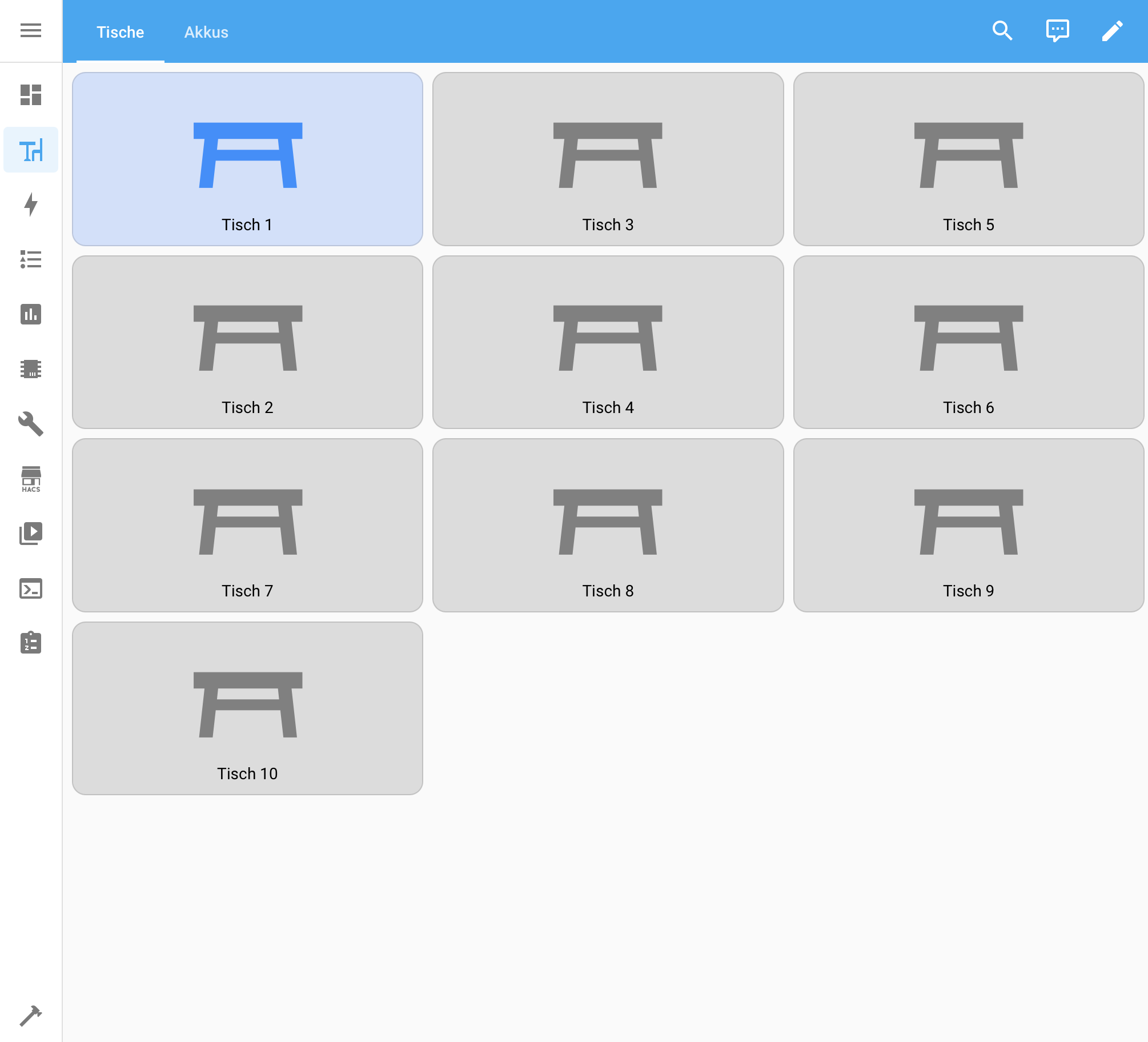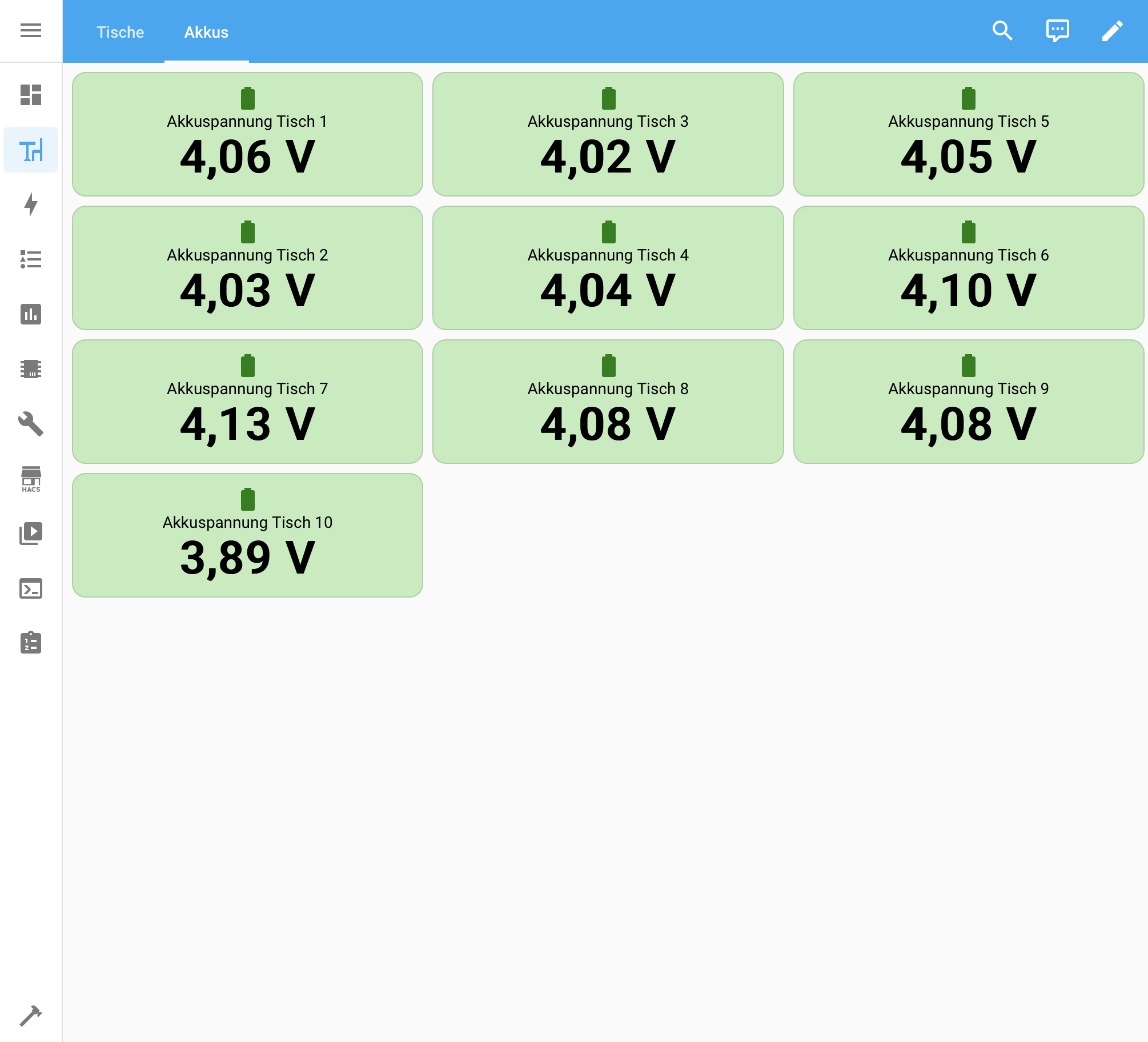Service Pager for Restaurant and Bar
Service Pager
A flexible guest call system for catering and Events
Idea
Service Pager it was developed by the 4d-manufactory guests to communicate in a straightforward mannerif your ordered food or drinks can be picked up at the Bar.
The System is modular, works completely wirelessly via Wi-Fi, and is based on the Open-Source Software.
Function
The process is simple and reliable:
- The guest ordered food from the Bar.
- The service staff take a free Pager, enabled him and remembers the displayed number.
- The Pager is given to the guest to the table.
- As soon as the order is ready, the control system – in this case, Home Assistant – the corresponding table or Pager triggered.
- The Pager on the table begins to vibrate and light up. The guest know that their order is ready.
- After the pick-up of the host from the Pager back to the Bar, where he is ready for the next use.
Construction
The system works with the open source Home Assistant software and uses a WLAN connection.
The Central control unit runs on a Raspberry Pi 4 with a Pi Official Touch Display, 2 (7”, 720×1280).
In the Dashboard, all of the Pager can be displayed numbers and directly triggered.
Each Pager is equipped with the following components:
- FireBeetle 2 ESP32-C6 microcontroller
- 3V vibration motor (4×8 mm)
- Red 3 mm LED optical feedback
- Micro button to Enable
- 1500 mAh LiPo battery as a source of energy
The housing of the Pager is PLA+ Filament in 3D-Printing process manufactured and can be adjusted in the shape and color individually.
Software and power management
The pagers are programmed using ESPHome and the number of units can be expanded almost at will.
The only practical limit is the maximum number of simultaneous Wi-Fi Connections of the router.
Since Wi-Fi has compared to traditional wireless systems have a higher energy, the Pager about a smart power management:
- By a push of a button the Pager is activated and remains on for a defined period of time awake (default is one hour, arbitrarily adjustable).
- After that, he will automatically switch to the Deep sleep modethe power consumption is minimal.
- A fully charged Pager a Standby time of about four weeks.
- Once per hour, the Pager wakes up briefly connects with the Wi-Fi and transmitted to the current battery level to the control panel. This is displayed on the Home Assistant Dashboard, so that the state of charge remains controllable at any time.
Advantages of the system
Unlike many conventional pager systems, which are based on proprietary radio signals, Service Pager uses the existing WLAN network.
This has several advantages:
- Extended Range – thanks to existing Wi-Fi infrastructure with Access Points or repeaters.
- High Reliability – stable communication over long distances or through walls.
- Easy Integration – uses existing networks, no additional radio hardware is needed.
- Open Source-based – flexible, adaptable, transparent, and extensible.
Cost and licensing
A complete System with 10 table devices costs around 700 CHF.
Each additional table may be the device for about 40 CHF to be complemented.
The Software Home Assistant is Open Source and not included in the purchase price.
Conclusion
Service Pager shows how modern open source technologies and in-house developments can be combined to create a practical and robust system.
From the hardware and software to the housing design, everything comes from a single source - developed and implemented by the 4D-Manufaktur.





